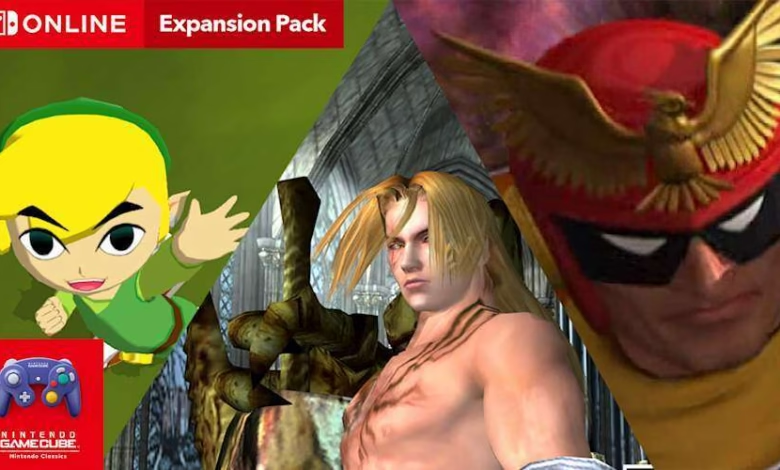Why Nintendo’s Slow Classic Game Releases Finally Make Sense

▼ Summary
– Nintendo Switch 2’s launch includes a GameCube library, marking the first official availability of these titles since their original release over 20 years ago.
– The initial GameCube lineup on Switch Online is limited to three games, continuing Nintendo’s slow, methodical release strategy for classic titles.
– Nintendo has historically launched digital stores with sparse classic game selections, as seen with the Wii Shop and Wii U eShop, before gradually expanding offerings.
– The slow release cadence allows Nintendo to fill gaps in its release calendar and encourages players to fully engage with each classic game rather than treating them as disposable.
– Spacing out GameCube releases benefits players by giving them time to savor longer, more immersive games like *The Legend of Zelda: The Wind Waker* before new titles arrive.
Nintendo’s deliberate approach to releasing classic games has often frustrated fans, but there’s a smart strategy behind the slow rollout. While the recent addition of GameCube titles to Switch Online has sparked excitement, the initial selection of just three games left many wanting more. This measured pace isn’t new, it’s been a hallmark of Nintendo’s digital strategy for nearly two decades, and over time, its benefits have become clear.
Back when the Wii Shop launched, Nintendo promised a treasure trove of retro titles, but early adopters found only a handful of NES games available. The same pattern repeated with Wii U, where the Virtual Console started with a sparse lineup before gradually expanding. Fast forward to Switch Online, and history repeats itself: NES games arrived first, followed by SNES, N64, and now GameCube titles, each added incrementally over years.
What seems like sluggishness is actually a calculated move. Nintendo uses classic games to fill gaps in its release schedule, keeping players engaged during quieter months. More importantly, spacing out releases encourages deeper engagement. In an era where subscription services flood players with endless options, Nintendo’s approach ensures each title gets proper attention. Games like The Legend of Zelda: The Wind Waker, with their 20+ hour playtimes, benefit from not being lost in a sea of instant choices.
There’s also a psychological advantage. By treating each classic as an event, Nintendo preserves their prestige. Waiting for Fire Emblem: Path of Radiance or Metroid Prime builds anticipation, making their eventual arrival feel special. Meanwhile, the Switch’s robust library ensures fans always have something to play while they wait.
Nintendo’s slow-drip strategy may test patience, but it ultimately respects these games’ legacy. Instead of overwhelming players, the company gives classics room to shine, proving that sometimes, less really is more.
(Source: GAMESPOT)
